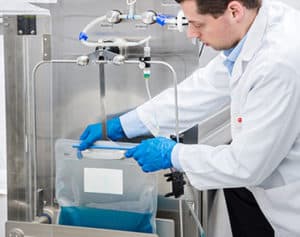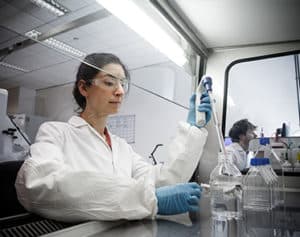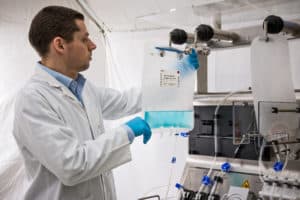
Cell therapy process automation can deliver many benefits for product developers, including reduced risk of contamination, improved consistency of product and reduced cost of production. These benefits are typically delivered by closing the manufacturing process and reducing the direct operator and quality control (QC) technician manipulations.
If full automation is not feasible, some of the benefits of cell therapy manufacturing process automation can also be realized by partial automation[1]. Partial automation is less expensive and presents a lower business and financial risk during clinical phases than full automation.
While there is certainly demand for partial automation, barriers remain. The main barrier to implementation of a partial automation strategy is the lack of availability of commercially available, proven, reliable, configurable devices.
The industry is in urgent need of a range of unit modules for performing unit operations. These modules need to have stable and proven performance that can be adopted in early testing, and then carried through to commercial production.


